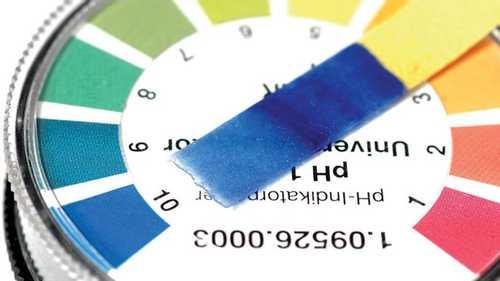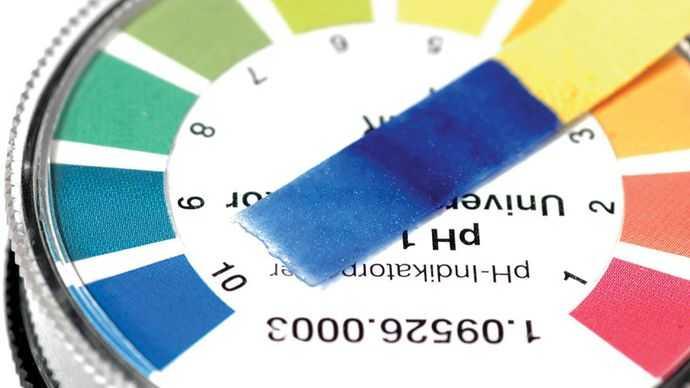Explore the World's Best Ideas
Join today and uncover 100+ curated journeys from 50+ topics. Unlock access to our mobile app with extensive features.
PH measures the acidity or basicity of liquid solutions
The term is used in chemistry, biology, and agronomy. PH translates the values of the concentration of the hydrogen ion into numbers between 0 and 14.
- Pure water corresponds to a pH of 7, which is neutral (neither acidic nor alkaline).
- A pH less than 7 is considered acidic.
- A pH greater than 7 is considered basic or alkaline.
14
144 reads
Ways to take a pH measurement
Danish biochemist S.P.L Sorensen used the measurement to represent the hydrogen ion concentration, expressed in equivalents per litre of an aqueous solution: pH = −log[H+]
The pH can be read with a less accurate litmus paper or with indicator dyes. However, it is usually measured with a pH meter that consists of a voltmeter attached to a pH-responsive electrode (usually mercury-mercurous chloride electrode) and a reference electrode (usually glass that are immersed in a solution. The voltmeter measures the potential difference between the glass and reference electrodes
13
30 reads
PH is most important in agriculture
In agriculture, the pH of the soil shows what crops will grow easily in the soil and what adjustments are needed to adapt it for growing other crops.
Acidic soils are often considered infertile as the solubility of aluminium and manganese also increase with acidity. However, conifers and members of the family Ericaceae, such as blueberries, prefer acidic soils. Acidic soil can be neutralized by treating it with lime.
13
30 reads
IDEAS CURATED BY
Antonio V.'s ideas are part of this journey:
Learn more about scienceandnature with this collection
How to make sustainable choices in everyday life
Identifying ways to reduce waste and conserve resources
Understanding the impact of human actions on the environment
Related collections
Similar ideas
1 idea
Balneotherapy, Therapeutic Waters, and Healing Springs - The Human Condition
thehumancondition.com
5 ideas
The Science Behind Honey’s Eternal Shelf Life
smithsonianmag.com
7 ideas
How Nutrients Cycle Through the Environment
thoughtco.com
Read & Learn
20x Faster
without
deepstash
with
deepstash
with
deepstash
Personalized microlearning
—
100+ Learning Journeys
—
Access to 200,000+ ideas
—
Access to the mobile app
—
Unlimited idea saving
—
—
Unlimited history
—
—
Unlimited listening to ideas
—
—
Downloading & offline access
—
—
Supercharge your mind with one idea per day
Enter your email and spend 1 minute every day to learn something new.
I agree to receive email updates

